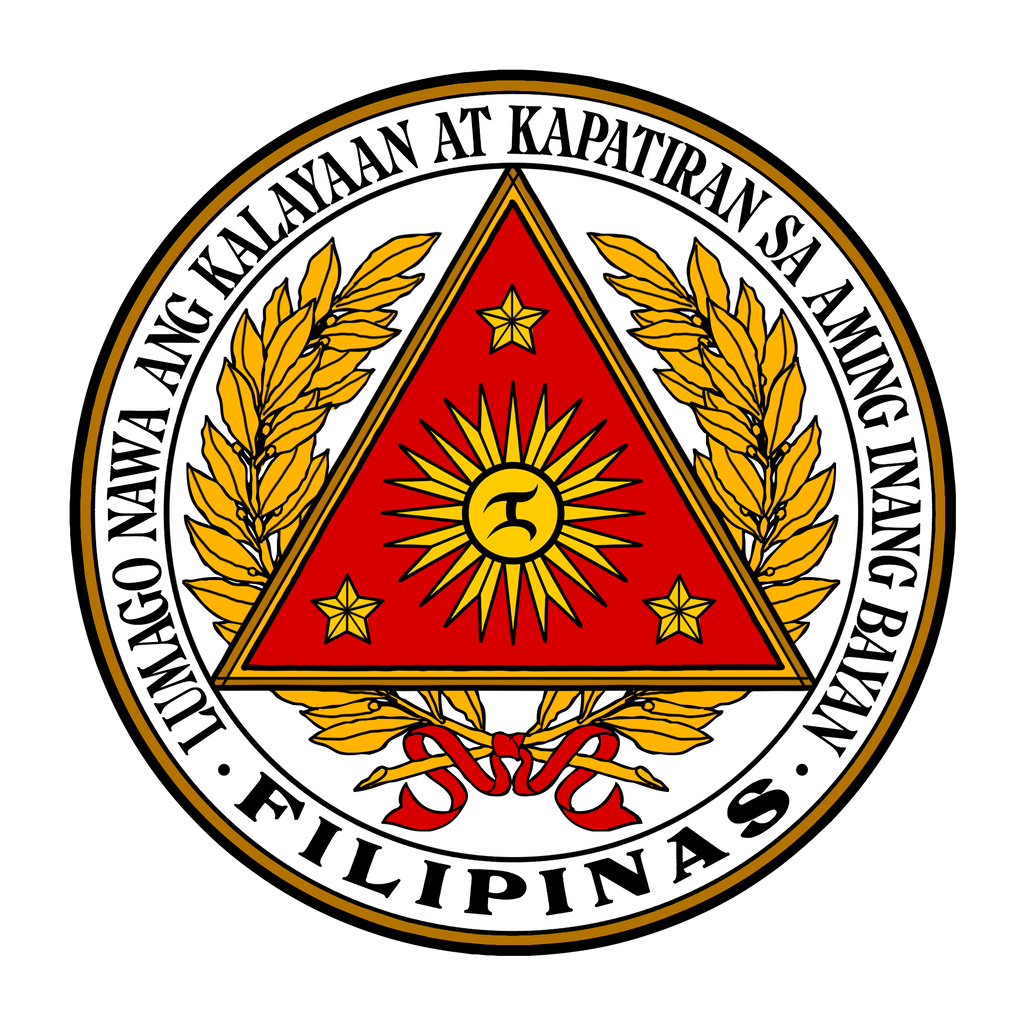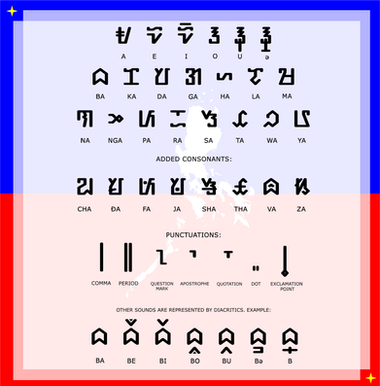HOME | DD
 rajavlitra — IOHAR + SYNERGIES | Emblem of the Philippines
by-nc-nd
rajavlitra — IOHAR + SYNERGIES | Emblem of the Philippines
by-nc-nd

#alternatehistory #philippines #synergies #iohar
Published: 2022-02-03 05:58:17 +0000 UTC; Views: 4027; Favourites: 23; Downloads: 0
Redirect to original
Description
Not to be confused with this or this . Wholly unrelated.
The Emblem of the Philippines for my Timeline I Once Had A Ring , also a setting for my other comic, SYNERGIES . None of the blurb below is final, since I'm both making them up as I go. Get off my case.
The Philippines (Filipinas/Pilipinas), officially the Philippine Republic, is a sovereign federated state in Insular Southeast Asia (also known as Sunda). It consists of the Lazarus Islands (kapuluang lazaro) and the northern half of Kalimantan. Its capital, Manila, is the center of government, followed by the cities of Cebu and Pasig. It is bordered by Indonesia and Brunei by way of Saba and Sarauac, with maritime proximity to Formosa, China and Indochina; the latter by way of the Spratly's Condominium. Its official languages are Filipino*, Spanish, Tagalo and Visaya.
[...] In 1896, the nationalist organization Katipunan launched a massive anti-colonial revolt which overtook the entire archipelago in the following years. The Spanish government in the country--chafing with its war with United States--were gradually overtaken by revolutionary forces. The war formally ended in 1898 with the Cebu by Visayan revolutionaries and the subsequent signing of the Treaty of Paris which recognized Philippine sovereignty. In the same year, a national convention ratifies the country's Constitution was ratified in 1902 which established the Philippines as a "federal and cantonal" republic.
The young republic's sweeping policies of land reform, education, industrialization and infrastructure lead to rapid economic development and rapid expansion of the military, a period now called the Pagtaguyod. The Philippines' rise to prominence was only cemented after the Great War when the country successfully resisted Japanese forces and forced a condominium with the South Seas Mandate post-war. Rivalry with Japan characterized the country's interbellum years, flaring into open war once again after allying with the left-wing United Front of China against the Japan-Allied Beiyang Restorationists.
The Philippines is a federal parliamentary republic with great degree of centralization. Each of the 17 states sport its own parliamentary assemblies and have free rein on their share of the budget. With 239 distinct ethnolinguistic groups, the country boasts a high level of cultural and linguistic diversity, being a crossroads for Malay, Hispanic, Indian and Chinese culture throughout its history. The most influential, the Visaya and Tagalo, whose developed cosmopolitan character has defined the country's national identity.
* Chavacano, particularly a mix of Manila-Ermita (superstrate), Cavite-Ternate, and Zamboanga


























